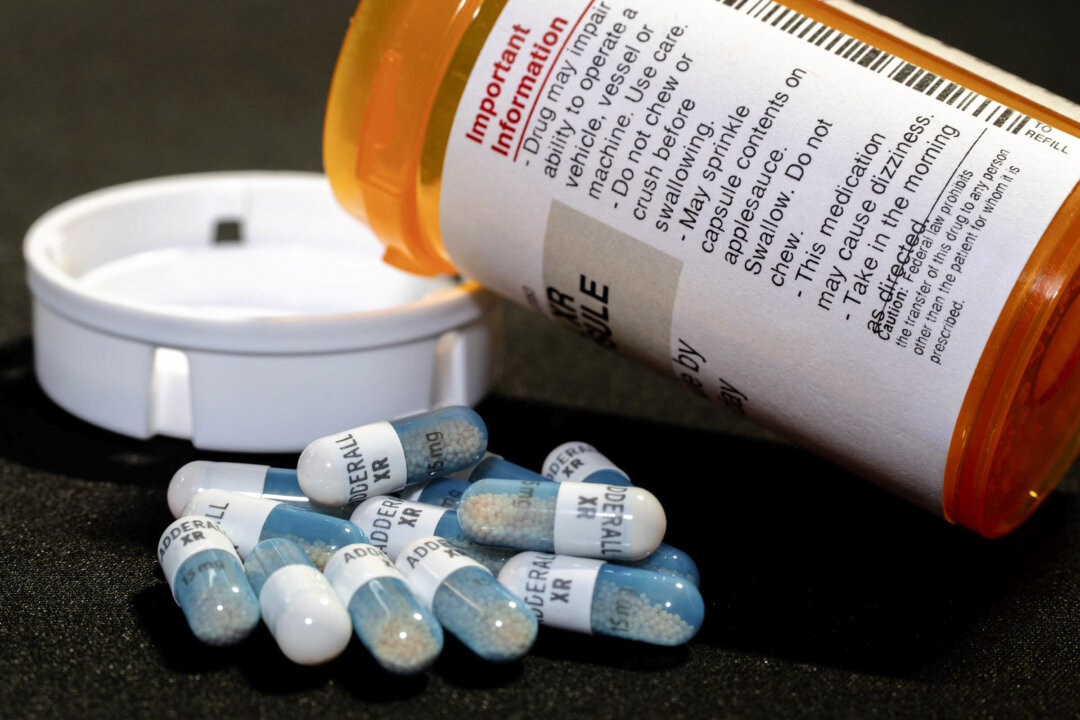Santa Lucia Foundation IRCCS-led research is reporting that repetitive transcranial magnetic stimulation (rTMS) targeting the precuneus may slow the progression of cognitive decline, impairments in daily functioning, and behavioral symptoms in patients with Alzheimer's disease. Patients who received 52 weeks of rTMS showed slower deterioration across clinical outcomes compared to those who received sham stimulation. rTMS delivers magnetic pulses to targeted brain areas and is considered a non-invasive brain stimulation technique.
It is used to treat conditions like depression and obsessive-compulsive disorder by inducing small electrical currents in brain cells to modify neural activity and help reduce symptoms. The precuneus brain region has been identified as a promising site for stimulation due to its early involvement in Alzheimer's pathology, including amyloid deposition, gray matter loss, and disrupted connectivity within brain networks. In animal models, rTMS has been shown to reduce beta-amyloid and phosphorylated tau, increase neurogenic proteins such as brain-derived neurotrophic factor, and decrease pro-inflammatory cytokines including IL-6 and TNF-α.

A previous Phase II trial found that 24 weeks of precuneus-targeted rTMS slowed cognitive decline and reduced loss of daily functional abilities in patients with mild-to-moderate Alzheimer's disease. Next, researchers wanted to see if extending rTMS treatment to 52 weeks could continue to preserve cognition and function over the longer time frame. In the study, "Effects of 52 weeks of precuneus rTMS in Alzheimer's disease patients: a randomized trial," published in Alzheimer's Research & Therapy , researchers conducted a sham-controlled, randomized, and double-blind pilot trial.
The cohort included 48 patients diagnosed with mild-to-moderate Alzheimer's disease. A total of 27 patients were assigned to receive rTMS, and 21 were assigned to a sham stimulation group. Among them, 31 were continuing from a previous 24-week trial that used the same experimental design, and 17 were newly enrolled and randomized.
Continuing participants remained in their original treatment group and extended their participation by an additional 28 weeks, bringing their total duration of rTMS or sham exposure to 52 weeks. Newly enrolled participants began treatment at the start of the trial and completed a full 52-week course, which included a two-week intensive phase followed by weekly maintenance sessions. Stimulation was delivered using neuronavigated transcranial magnetic stimulation paired with electroencephalography (TMS-EEG) to personalize the location and intensity for each participant.
Each session involved 40 two-second trains at 20 Hz spaced over 20 minutes, totaling 96,000 pulses per patient across the trial. Patients who received repetitive transcranial magnetic stimulation experienced a slower rate of cognitive and functional decline compared to those in the sham group. The primary outcome, measured by change in Clinical Dementia Rating Scale–Sum of Boxes, showed an estimated mean change of 1.
36 points in the stimulation group compared to 2.45 points in the sham group after 52 weeks. Functional ability, assessed using the Alzheimer's Disease Cooperative Study scale for activities of daily living, declined by an estimated 1.
5 points in the rTMS group and 11.6 points in the sham group. Cognitive performance, as measured by the Alzheimer's Disease Assessment Scale cognitive subscale, showed a mean increase of 5.
9 points in the rTMS group versus 10.4 points in the sham group. In this context, higher scores reflect greater impairment.
Scores on the Mini Mental State Examination declined by 1.1 points in the rTMS group and 3.9 points in the sham group.
Behavioral symptoms, measured with the Neuropsychiatric Inventory, also favored the rTMS group, with an estimated change of 3.28 points versus 6.91 points in the sham condition.
Subscales showed measurable improvements in apathy, euphoria, and appetite-related disturbances. Completion rate across both groups was 68%. Most participant withdrawals were linked to disruptions caused by the COVID-19 pandemic.
Mild adverse effects such as headache or scalp discomfort were reported in both groups and resolved without medical intervention. Stronger baseline connectivity within the brain's default mode network was associated with a more favorable clinical response in the rTMS group, suggesting that brain activity profiling could help identify patients most likely to benefit from this treatment. Researchers concluded that rTMS targeting the precuneus may reduce the progression of cognitive decline in patients with mild-to-moderate Alzheimer's disease.
The treatment also appeared to delay deterioration in daily functioning and reduce behavioral disturbances. Patients receiving rTMS did not show significant loss of autonomy over the one-year period, as measured by standardized assessments. Some behavioral symptoms, including apathy, euphoria, and appetite-related changes, also improved in patients receiving rTMS.
Fewer declines in activities of daily living may translate into lower caregiver burden and greater patient independence during early disease stages. Larger studies across multiple sites are needed to confirm these findings and could also explore how rTMS could be used in combination with drug therapies that target amyloid, tau, or neuroinflammation. More information: Giacomo Koch et al, Effects of 52 weeks of precuneus rTMS in Alzheimer's disease patients: a randomized trial, Alzheimer's Research & Therapy (2025).
DOI: 10.1186/s13195-025-01709-7 © 2025 Science X Network.
Health

Repetitive transcranial magnetic stimulation shows promise in Alzheimer's treatment

Santa Lucia Foundation IRCCS-led research is reporting that repetitive transcranial magnetic stimulation (rTMS) targeting the precuneus may slow the progression of cognitive decline, impairments in daily functioning, and behavioral symptoms in patients with Alzheimer's disease. Patients who received 52 weeks of rTMS showed slower deterioration across clinical outcomes compared to those who received sham stimulation.















